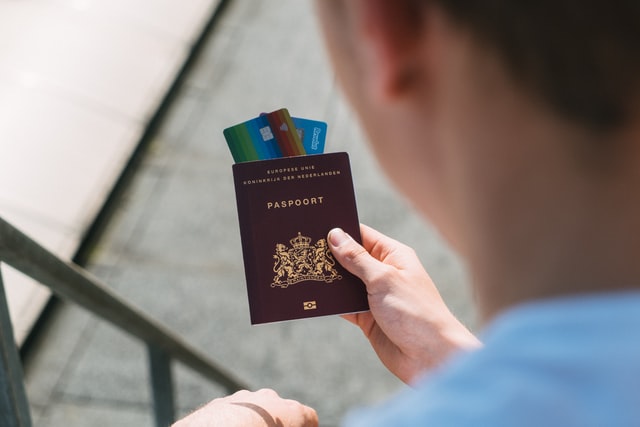As of September 2019, new rules apply in Europe: the updated Payment Services Directive (PSD2). These regulations focus on consumer and business payment transactions. With the introduction of PSD2, banks are obliged to allow third parties to access a payment account when authorized by the consumer. This makes it possible for third parties to also access the information in a bank account.

Before PSD2, only account holders and their banks had access to payment data. The idea behind PSD2 is that consumers should be able to decide who else can use their data. A positive development according to Pieter Schelfhout, co-founder and Head of Engineering at cashback platform Cake.
"Thanks to PSD2, there will be more competition and innovation in the payments market; companies other than a bank can also access payment data. However, such a third party must have a license from De Nederlandsche Bank (DNB) or in another EU member state to compete in the Dutch market."
It did not prove easy for banks to adapt to the changed legislation. It took time for the benefits and potential of PSD2 to be seen. In the old situation, banks were the only ones who could access financial data of their customers. But in the new situation, banks must make their data available to licensed parties. A big step for the entire banking sector," Schelfhout underlines.
"For banks, business continuity and the security of their account holders are critical. But making their financial data available ensures that this data can also be used by others for new applications. That could create competition for the bank itself. Fortunately, the past two years have shown that PSD2 allows for more innovations without competing with the bank's own products."
As PSD2 legislation has been implemented across the European Union, inspiring use cases have now emerged on a country-by-country basis. This applies to both the business-to-business (b2b) and business-to-consumer (b2c) sectors. For example, European SMEs can use Stripe's API to automate their accounting when they give permission. And Dutch consumers, for example, can use the Dyme app to manage all sorts of things on top of their bank accounts, such as canceling subscriptions.
In the above use cases, banks make the data of account holders available (with permission) to developers of "fintech," or financial technology. They can use this data to offer additional services that make managing money matters easier. Before PSD2, banks were forced to develop these services themselves. With the help of PSD2, they can implement services from licensed third parties into their own apps and technology ecosystem.
One of the biggest challenges with PSD2 is finding the "wins. After all, what are the specific benefits that banks can gain? At first glance, it seems as if they are just losing their data and not gaining much themselves. Yet according to Schelfhout, that is an unwarranted view. "Many fintechs aim to unburden banks and provide added value to their customers. At Cake, we share our revenues with the bank on top of that, allowing them to generate a new revenue stream," he explains.
Because making bank data available brings undeniable benefits to every stakeholder (banks, fintechs and consumers). For example, fintechs can analyze transactions to then offer personalized savings advice or targeted cashbacks. And after two years of PSD2, this movement is gaining traction.
"Banks no longer have to develop a new service themselves as a result. They can bring in external, and reliable, help. This gives banks and financial institutions more scope to build even better customer relationships. At the same time, their customers greatly appreciate the added services, which makes them more loyal toward their own bank," Schelfhout concludes. "Thanks to PSD2, these are wins for everyone."

